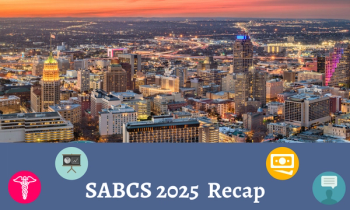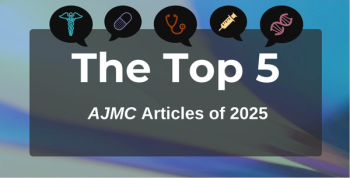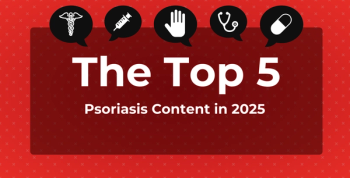
Polysomnography May Help Prevent Unnecessary Surgery in Children With Sleep-Disordered Breathing
Nearly 45% of children who underwent diagnostic polysomnography (PSG) for obstructive sleep-disordered breathing were found to have normal sleep studies, warranting greater consideration of PSG to manage adverse sleep symptoms in children and potentially prevent unnecessary surgery.
Among children who underwent diagnostic polysomnography (PSG) for obstructive sleep-disordered breathing (oSDB), nearly 45% were found to have no signs of
As researchers highlight, oSDB is a common condition in pediatric populations that can range in severity from snoring to OSA. Notably, if medical or other nonsurgical treatments prove unsuccessful in managing potential OSA,
“Careful identification of surgical candidates is essential as adenotonsillectomy is not without risk….[H]emorrhage and respiratory compromise are complications that can occur after adenotonsillectomy,” noted the study authors.
Although PSG is the gold standard for diagnosis of OSA, researchers say that guidelines for preoperative PSG assessment for children potentially undergoing adenotonsillectomy varies. Following
“Our hypothesis is that there will be a significant amount of reportedly symptomatic children who do not have OSA by PSG who would have otherwise had adenotonsillectomy based on symptoms and exam alone,” they explained.
Researchers conducted a retrospective cohort study recruiting 456 patients aged 2 to 18 years (mean [SD] age, 5.66 [3.19] years; 57.7% boys) who underwent diagnostic PSG for oSDB ordered by the otolaryngology department at Boston Medical Center between 2012 and 2018.
Participants’ demographic factors (age, gender, race, ethnicity, language, insurance status) and clinical findings (symptom severity, tonsil size) were recorded, with data analyzed via univariate and multivariate analysis.
Of the study cohort, 204 patients (44.7%) had no OSA based on the
In further distinguishing pediatric populations at risk of OSA, children ages 4 to 6 years were less likely to be diagnosed with OSA compared with children aged 2 to 3 years (odds ratio [OR], 0.25; 95% CI, 0.12-1.54), adjusting for symptoms, tonsil size, and race (P = .0011). White children were also less likely to be diagnosed with OSA compared with Black children (OR, 0.28; 95% CI, 0.14-0.57), adjusting for symptoms, tonsil size, and age category (P = .0004).
“This research demonstrates that obtaining sleep studies in otherwise healthy children with SDB can affect management decisions, and they should be discussed with families with a focus on patient centered decision making,” concluded the study authors.
Reference
Abraham EJ, Bains A, Rubin BR, Cohen MB, Levi JR. Predictors of a normal sleep study in healthy children with sleep disordered breathing symptoms. Ann Otol Rhinol Laryngol. Published online February 5, 2021. doi:10.1177/0003489421990156
Newsletter
Stay ahead of policy, cost, and value—subscribe to AJMC for expert insights at the intersection of clinical care and health economics.








































